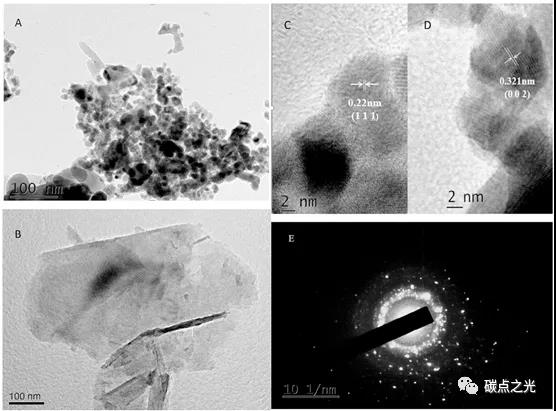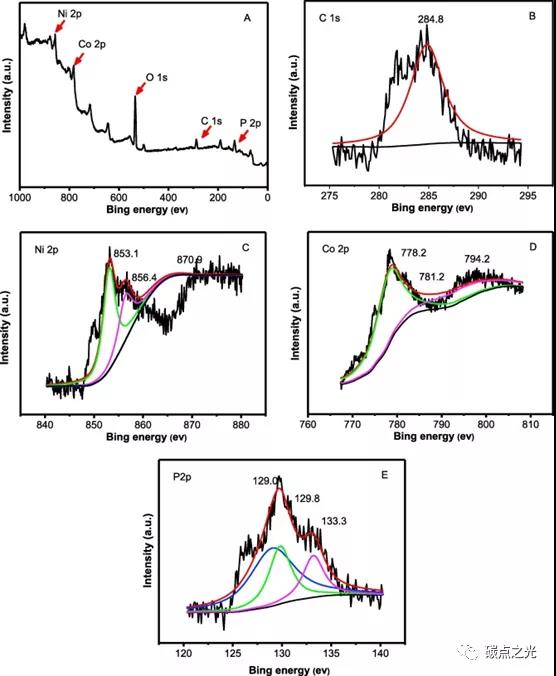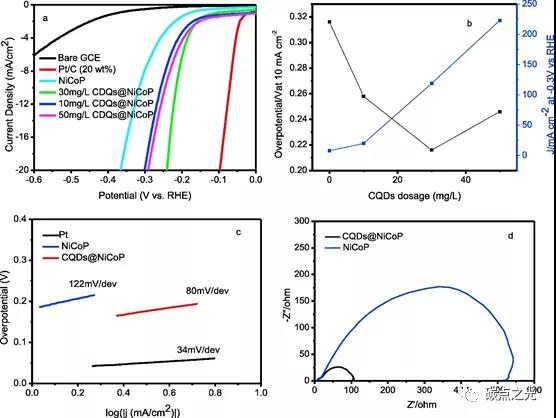
hotline:
17715390137
Tel/Wechat:
18101240246 (Technology)
0512-68565571
Email:mxenes@163.com (Sales Engineer)bkxc.bonnie@gmail.com
Scan the code to follow or search the official account on WeChat:
2D Materials Fronrier After paying attention,
click on the lower right corner to contact us,
Enter enterprise WeChat.
Professional Services Online

The continuous consumption of fossil fuels has led to a gradual decline in their reserves, which will eventually lead to the depletion of resources, which prompts humans to find other alternative new energy sources. Hydrogen has become an ideal energy source to replace fossil fuels due to its advantages such as cleanliness and renewable. Hydrogen production from electrolyzed water is one of the important methods for obtaining hydrogen. However, the electrolysis water hydrogen evolution reaction (HER) requires the participation of an electrocatalyst with excellent catalytic performance, that is, it can provide a larger current at a lower overpotential. Pt and Pt-based metals have high electrocatalytic activity, but their high cost and scarce resources limit their widespread use. Therefore, it is very urgent to develop a catalytic material with high stability, low overpotential, low cost, and abundant resources that has high hydrogen evolution activity. In recent years, research on transition metal compounds (such as Ni, Co, Fe, Mo) alloys and their carbides, nitrides, sulfides, and phosphides has received extensive attention. Especially the transition metal phosphide with unique structure gradually enters people‘s field of vision because of its high catalytic activity. In addition, metal doping can further improve the performance of phosphides. This is because the interaction between different metals can not only change the charge structure properties of each other, but also produce new synergistic effects, which in turn change the coordination and overall effect of the catalyst. Therefore, bimetallic phosphides usually have more active sites than single metal phosphides. Carbon quantum dots (CQDs) are a new type of carbon nanomaterials with a size of less than 10 nm. Because of their strong tunable photoluminescence ability, fast electron transfer ability and large electron storage ability, Heteroatom-doped CQDs can further improve the catalytic performance of the material.
The team of Professor Song Limin of Tianjin University of Technology has proposed a new method for preparing CQDs@NiCoP composite materials, and conducted an electrochemical activity study on the composite materials. In this method, only the machinery using solid metal salts and sodium hypophosphite Mixture to prepare bimetallic phosphides. In this work, the author first introduced metal salts into the CQDs solution by immersion to synthesize metal ion-containing precursors, and then through an optimized phosphating process, the precursors and sodium hypophosphite were heat treated by annealing to form the final product. Electrochemical test results show that the catalyst synthesized by this method exhibits excellent HER catalytic activity under acidic conditions. The author attributed its high catalytic activity to the doped CQDs to increase the charge transfer efficiency. The article was published in the Chemical Engineering Journal as "Synthesis of carbon quantum dot-doped NiCoP and enhanced electrocatalytic hydrogen evolution ability and mechanism".

Figure 1. X-ray diffraction patterns of NiCoP and CQDs@NiCoP

Figure 2. TEM characterization of CQDs@NiCoP composite material

Figure 3. XPS characterization of CQDs@NiCoP composite

Figure 4. Electrocatalytic performance of different catalysts in 0.5 M H2SO4
Literature link: T. Bao, L. Song, S. Zhang. Synthesis of carbon quantum dot-doped NiCoP and enhanced electrocatalytic hydrogen evolution ability and mechanism. Chem. Eng. J., 2018, 351, 189-194.
https://www.sciencedirect.com/science/article/pii/S1385894718311197
Source of information: Carbon Point Light
This information originates from the Internet for academic exchange only. If there is any infringement, please contact us to delete immediately

| Reminder: Beijing Beike New Material Technology Co., Ltd. supplies products only for scientific research, not for humans |
| All rights reserved © 2019 beijing beike new material Technology Co., Ltd 京ICP备16054715-2号 |